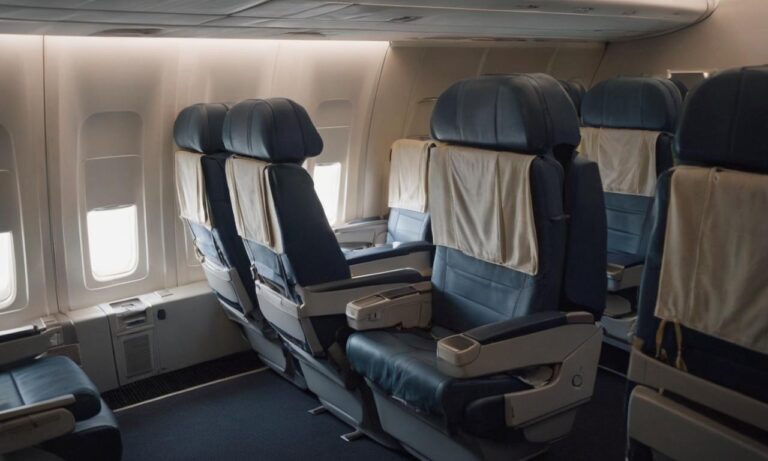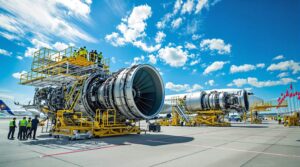In the realm of aviation, where safety and efficiency are paramount, the term “jump seats” holds significance. These seats, often discreetly tucked away, play a crucial role in ensuring that flights operate smoothly and securely.
The Purpose of Jump Seats
Jump seats are additional seats on an aircraft that are not part of the regular passenger seating. They serve various purposes, catering to the diverse needs of different flights. One primary function is to accommodate non-revenue passengers, such as airline staff or crew members, who may need to travel to a specific destination for work-related purposes.
These seats also play a vital role in cockpit access procedures. During critical phases of flight, such as takeoff and landing, regulations often require that certain individuals, such as air marshals or additional crew members, have a designated space in the cockpit. Jump seats provide a secure and designated area for these personnel, allowing them to fulfill their roles without compromising the safety of the flight.
Types of Jump Seats
Jump seats come in various forms, adapting to the specific requirements of different aircraft. In smaller planes, fold-down seats in the cockpit may serve as jump seats, providing a temporary and compact solution. Larger aircraft, on the other hand, may have dedicated jump seat compartments, complete with safety features and restraints.
It’s important to note that jump seats are not exclusive to the cockpit. In some instances, cabin crew members may also have jump seats in the passenger area. These seats offer a strategic vantage point for crew members to monitor the cabin and respond swiftly to any passenger needs or emergency situations.
Regulations and Safety Measures
Given the critical nature of jump seats in aviation, strict regulations govern their usage. The design and installation of these seats must comply with aviation authorities’ safety standards to ensure that they do not compromise the overall safety of the aircraft.
Moreover, individuals occupying jump seats are typically trained to handle emergency situations and are well-versed in the specific procedures associated with their use. This additional layer of preparedness contributes to the overall safety and security of the flight.
Understanding what jump seats are in an aircraft provides insight into the intricate workings of aviation, emphasizing the industry’s commitment to safety and efficiency. Whether facilitating the travel of essential personnel or ensuring secure cockpit access, jump seats play a vital role in the seamless operation of flights around the world.
Frequently Asked Questions
For a comprehensive understanding of jump seats in aircraft, here are answers to some frequently asked questions:
How are Jump Seats Assigned?
The assignment of jump seats varies based on airline policies. Generally, priority is given to essential personnel such as flight crew, air marshals, or off-duty airline staff. Seniority and job responsibilities often influence the allocation process.
Are Jump Seats Comfortable?
Jump seats are designed with functionality and safety in mind rather than comfort. They are typically compact and may lack the amenities of regular passenger seats. The primary focus is to provide a secure and designated space for specific individuals during critical phases of flight.
Do Passengers Ever Use Jump Seats?
Jump seats are reserved for authorized personnel only. While they are not intended for regular passengers, there have been rare instances where non-revenue passengers, like family members of the flight crew, may use them. However, this is subject to airline policies and regulations.
Technological Advancements in Jump Seat Design
With advancements in aviation technology, jump seat designs have evolved to enhance safety and functionality. Modern jump seats may incorporate state-of-the-art materials and mechanisms, ensuring compliance with stringent safety standards. These innovations contribute to the ongoing efforts to make air travel even more secure and efficient.
| Aspect | Traditional Design | Modern Advancements |
|---|---|---|
| Safety Features | Basic restraints | Advanced restraints, integrated with electronic monitoring systems |
| Materials | Conventional materials | Lightweight yet durable materials for improved fuel efficiency |
| Space Efficiency | Fixed design | Foldable or adjustable designs for optimizing cabin space |
Global Variations in Jump Seat Regulations
While there are international standards, variations exist in jump seat regulations from one country to another. Aviation authorities in different regions may impose additional requirements or have specific guidelines regarding the use and design of jump seats. Airlines operating globally must navigate these variations to ensure compliance.






